How to spray raspberries in the spring from pests?
With the first warm spring days, not only useful and useful plants and living things wake up after winter sleep. Insects begin to prepare for the season, causing damage to the future harvest. How to properly process raspberries in the spring from pests, what drugs or folk remedies to use so that the useful berry remains intact is a question that worries most summer residents.
What needs to be done before bud break?
Until the buds burst, the tender young leaves of raspberries are practically invulnerable. This period must be used to carry out a number of measures to protect the bushes from pest attacks.
The first step is to cut out raspberry branches that have not endured the winter (broken or frozen), remove plant residues that have accumulated over the winter - they will not only interfere with the normal development of overwintered shoots, but will also serve as an environment where pests - weevils, gall midges - will begin to breed.
Raspberry debris should not be composted as fermentation will not interfere with pests. Dry residues are burned, ash is used for fertilization.
Recommended processing times depend on climatic conditions. The first processing is carried out:
- in the second half of March - in the south of the country;
- in mid-April - in the Middle zone, in the Central Black Earth Region;
- in May - in the Urals, in Siberia.
Raspberries are sprayed with solutions of biological agents "Agravertin" or "Fitoverm". Good reviews were received by "Polyversum BP", at the same time protecting plants from pathogenic microorganisms - causative agents of diseases. These drugs provide a wide spectrum of action, help to get rid of various types of pests. Processing is carried out in the evening hours, since these funds quickly decompose in the light.
It is useful to spill the soil under the bushes with boiling water. The procedure promotes disinfection, destroys some of the pests hiding in the ground, their larvae. They carry it out when the earth warms up a little.
Raspberry pests and how to deal with them
Although broad spectrum insecticides are effective and easy to apply, the beauty raspberry attracts “atypical” pests. We have to deal with them using special-purpose drugs. An attentive summer resident always knows which insects threaten his farm, and prepares the necessary funds in advance.
Let's get acquainted with the parasitic insects characteristic of raspberries.
Stem gall midge
The presence of its colonies is determined by swelling on the shoots, especially young ones. Gall midges weaken the stems, make them brittle, prone to freezing, contribute to the development and spread of fungal infections.
In early spring, the raspberry bush is carefully examined, shoots with characteristic growths are cut out, burned. Then processing is carried out in 2 stages.
- At the first stage, in the spring, the soil is loosened to a depth of 15 cm, sprayed with a solution of "Fufanon" at the rate of 20 ml of the product per bucket of water.
- The second treatment is carried out when the buds begin to form. The bushes are sprayed with "Fufanon" (10 ml per 10 l of water) or "Aktellik" (15 ml per 10 l). Consumption rates of solutions - 200 ml per bush.
There are no folk methods of fighting gall midges.
Aphid
Colonies populate the tips of young shoots, concentrating on the underside of the leaves.
Treatment against aphids is carried out before bud break with "Aktilikom", "Karbofos" or folk remedies.
Stem fly
A pest that only deals damage to raspberries.Its larvae feed on the tender greens of young and apical shoots, while spreading viral and fungal infections.
The stem fly larvae hibernate in the soil under the raspberry bushes, so prevention begins with the removal of debris, spilling the soil with boiling water. Then the plantings are mulched to make it difficult for the pest to come to the surface.
Treatment with chemical or biological preparations is carried out before flowering. "Fitoverm", "Agravertin", "Actellik" are effective against stem fly.
Folk remedies only scare away the pest, but are ineffective in the fight.
Raspberry beetle
Mass attacks begin during flowering. The pest devours buds, flowers, young leaves, an ovary, and is capable of destroying all hopes for a crop in a short time.
Preventive measures are carried out simultaneously with the first spring pruning... Immediately after tying the stems, bushes and soil are treated with Nitrafen solution at the rate of 200 g of the drug per 10-liter bucket of water. You need to spray abundantly, not sparing the solution.
The second treatment is carried out just before flowering. Spraying with "Aktellik" or "Fitoverm" is used. After 20-30 days, the procedure is repeated.
Folk remedies work against the raspberry beetle. For spraying, prepare solutions:
- 200 g of chopped dried marigolds are poured into 10 liters of hot water, insisted for two days;
- 200 g of dried herb of bitter wormwood is infused for 2 hours in 10 liters of hot water.
Ready solutions are mixed, then filtered, generously irrigated with raspberries.
Weevil
The gluttonous beetle not only feeds on young leaves, weakening the shoots - the female lays eggs in the buds, the larvae quickly eat delicate tissues, pupate. By the middle of summer, the second generation of the pest continues its dirty work, and in the fall it is removed for wintering in the ground.
To combat the weevil, prepare a solution of the drug "Iskra-M" at the rate of 1 ml per 1 liter of water. The bushes are sprayed at the budding stage.
Spring spraying 2-3 times with a coniferous concentrate sold in a pharmacy repels the pest from the raspberry plant. For 10 liters of water, take two tablespoons of the product.
Kidney moth
The larvae of the pest settle in the buds of raspberries and live in them, feeding on the juices of the plant, preventing the shoots from developing. In the first days of spring, before bud break, it is useful to treat the bushes with Bordeaux liquid or preparations "Iskra", "Decis".
Raspberry walnut
Pest females lay eggs on raspberry shoots. The larvae eat young shoots, causing the shrub to dry out. The presence of a pest is recognized by elongated growths on branches, similar to growths from gall midges.
The affected shoots found in the spring when examining the shrub are cut out, sprayed with a solution of "Karbofos" or "Actellika".
In raspberries and garden blackberries, almost all pests are common. When processing raspberries in spring, do not forget about her relative.
Wormy raspberries - what to do
It's a shame when a beautiful fragrant berry contains an unpleasant addition - one or more worms. Such a "filling" is inhabited by two pests, a raspberry beetle and a grape beetle.
How to get rid of the raspberry beetle is described above. Let's figure out how to get rid of the grape leafworm worms in berries.
The leafworm settles not only on raspberries, but also on currants, grapes, hawthorn, buckthorn. If these plants grow on the site, the treatment is carried out in a complex manner.
The leafworm butterfly flies out early when the air warms up to 12-15 °. Lays eggs in newly formed buds. The caterpillar (worm) appears in the second week after laying. It feeds on buds, then on the ovary. In a month, the worm matures, pupates and soon turns into a butterfly. The insect lays eggs, but already in the berries that have begun to ripen. The third generation eats ripe berries - the summer resident gets wormy raspberries.Leafworm caterpillars not only hopelessly spoil the harvest, but also infect the raspberry and adjacent plantings with brown rot.
In order to properly process the raspberry tree, they follow the butterflies. As soon as the intensity of their summer has decreased, spraying is started on the 4th or 5th day. Solutions are prepared on the basis of the chemical preparations "BI-58", "Intra-Vir", "Actellik" or "Lepidocid", "Bitoxibacillin" (these are biological agents), guided by the attached instructions.
Repaired raspberries are treated for pests according to the same rules and at the same time. However, it should be borne in mind that pesticides and infusions of poisonous herbs (for example, hellebore versus grape leafworm) are not used from the moment of flowering until the end of the harvest.
Folk remedies against raspberry pests
In addition to the above-mentioned infusions of marigolds and bitter wormwood, other folk remedies help to cope with pests:
- Spraying with ammonia in spring not only charges the shrub with nitrogen, but also helps to get rid of early waking pests. Processing is carried out when the average daily temperature is +10 ° C, with a solution of 2 tbsp. l. detergents, buckets of water and a small amount of green or tar soap - for adhesion.
- Garlic infusions help in the fight against aphids, weevils.
- From a raspberry beetle, the bush can be sprayed with an infusion of tansy.
Many decorative flowering plants have the ability to repel pests. Planting them next to raspberries will be of great help.
- Marigolds scare away aphids, weevils, nematodes.
- Wormwood protects against leaf rollers.
- Yarrow is planted so that aphids and spider mites do not annoy.
- Dwarf chrysanthemums scare away the weevil.
- Melissa and mint are also useful - the aroma of their leaves is unbearable for ants, respectively, the number of aphids decreases.
Summer residents who are skilled in pest control are planted next to raspberries delphinium, feverfew (Caucasian chamomile), garlic. This neighborhood makes it possible to completely abandon the use of pesticides.
The volume and quality of the raspberry crop depends on the timely prevention of the appearance and reproduction of pests. Here, all measures are good, but the approach must be comprehensive - the processing of raspberries is carried out in conjunction with the processing of other plants on the site, because most of the enemies threaten other crops.
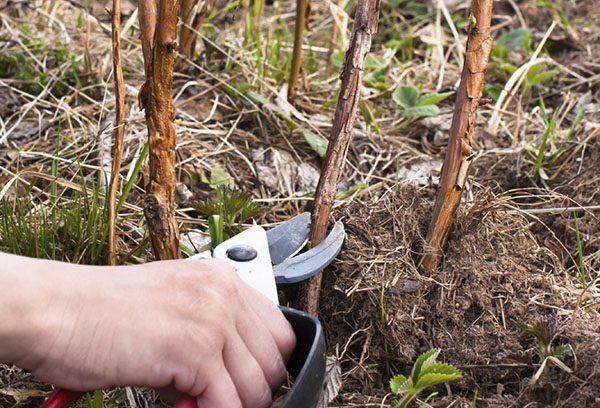

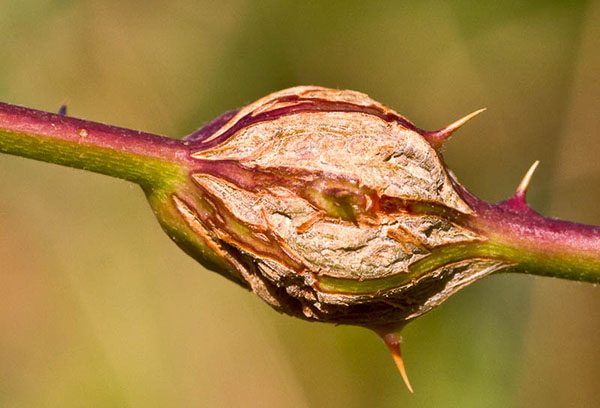
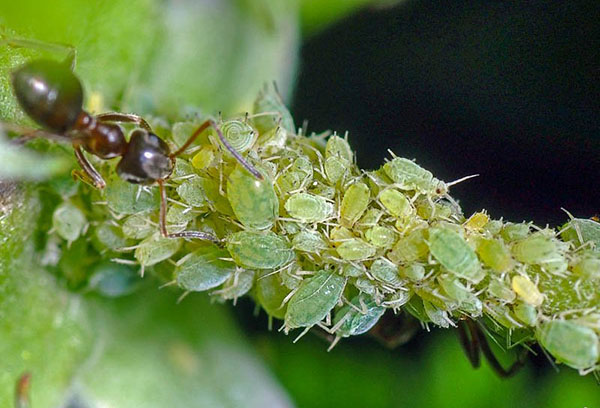
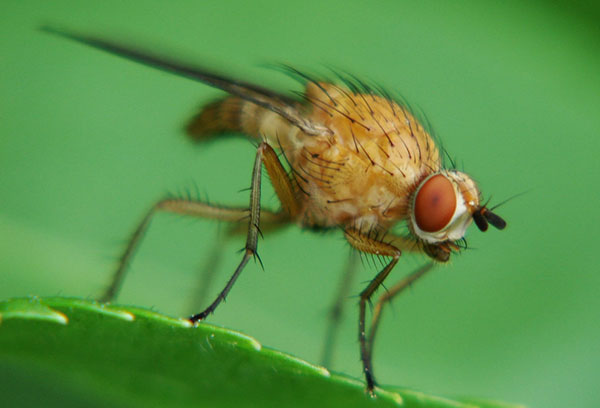
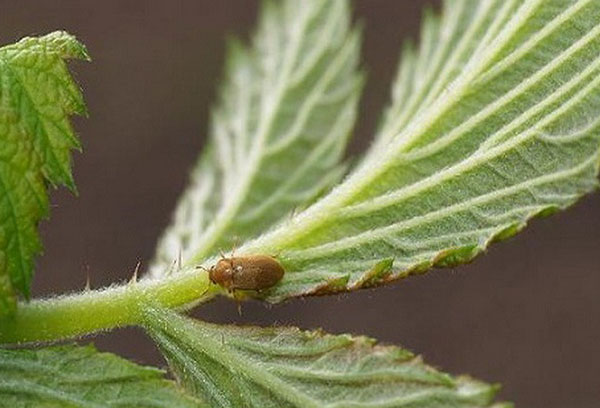
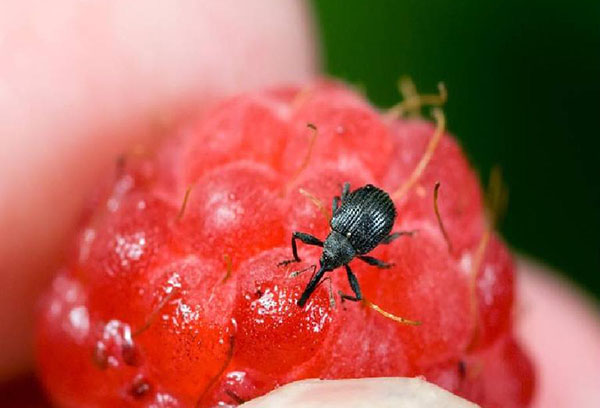



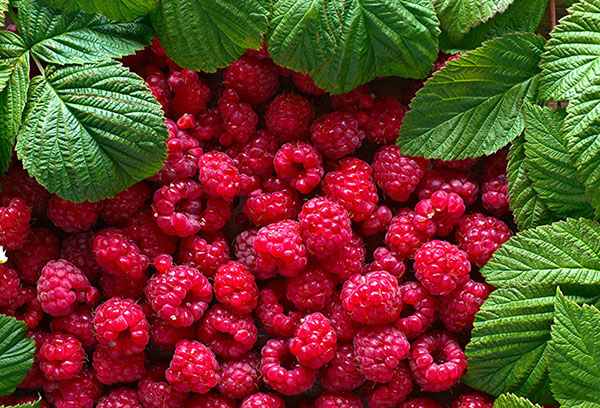
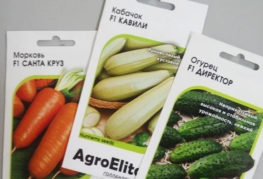

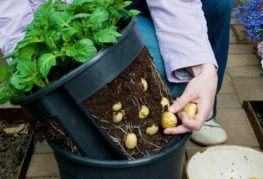
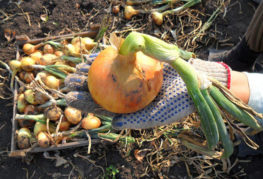
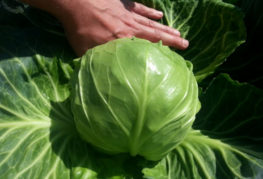
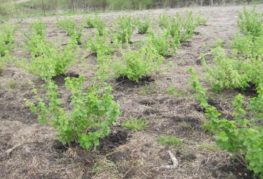
and will be published shortly.